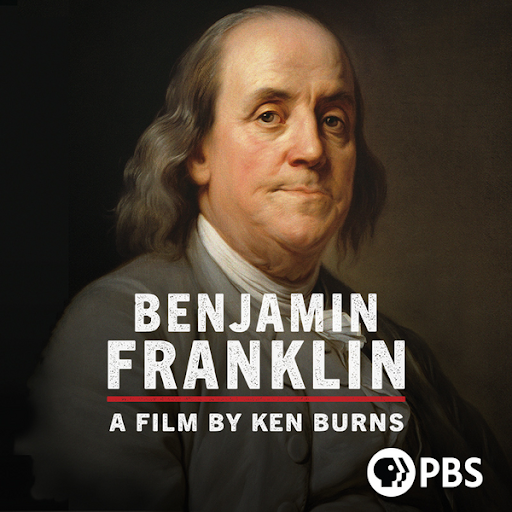There is a deeper problem at work in Burns’s portrait of Franklin, a problem that emanates from the same qualities that make his work so popular. Throughout, Franklin and America are viewed through what the sociologist Joe Feagin has called a “white racial frame.” In such a perspective the interests, problems, and fortunes of white Americans are prioritized, while those of nonwhite others are discounted, viewed as lesser and available for sacrifice. White framing silently assumes that the “us” and the “we” in thinking about America are white people.
That framing is evident throughout Benjamin Franklin. For example, when the documentary discusses the Junto, a club for fellow young artisans organized in Philadelphia by Franklin, Isaacson comments, “Franklin believed that the virtues and values of a working middle class were going to be the backbone of American society. The artisans, the shopkeepers, the people who put on leather aprons early in the morning to help serve the public.” Of course, in Franklin’s time, only white artisans, white shopkeepers, and leather-apron-clad white people were eligible for membership in mutual-aid clubs like the Junto. The white part doesn’t have to be said out loud: The volunteer fire departments, lending libraries, and free colleges that Franklin helped organize, except for the specifically named “Negro” school, were for whites only.
White framing is also evident in Burns’s segregation of commentary. Most of the expert comments dealing with race, racism, or slavery come from the only two scholars of color among the dozen or so historians featured in Benjamin Franklin: Christopher Brown and Erica Armstrong Dunbar. Conversely, while Brown and Dunbar are deeply learned scholars with much to say about the world of the 18th century in general, they are rarely asked to discuss topics beyond slavery or racism. Indeed, the stories of people of color are generally sequestered as the possession of Black historians, a “special interest.”
Back in the 1970s, when Burns was just starting out, a new generation of historians was emphasizing not only that those left out of earlier narratives — women, Natives, people of color — had stories worth telling but that their stories drastically altered the longstanding “consensus” history of America, which highlighted the gradual perfection of the Enlightenment principles of liberty and equality. Edmund Morgan’s 1975 book American Slavery, American Freedom upended the consensus theory, arguing that the spread of democratic practices in the United States in fact depended on enslaving one-fifth of its population. Since then, researchers have focused on writing the stories of the dispossessed, despised, overlooked, and forgotten — not out of some sense of fairness or balancing the scales, but because their dissent shaped, and pushed forward, this bulky thing we call a nation. Most historians have since come to appreciate that it is precisely the succession of clashing aspirations, not some core agreement over shared ideals, that has made America.
